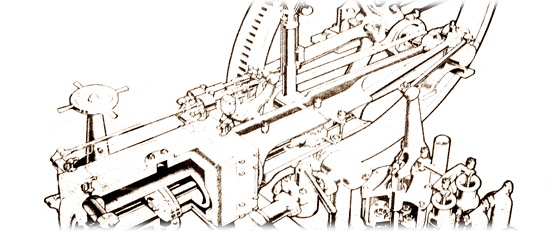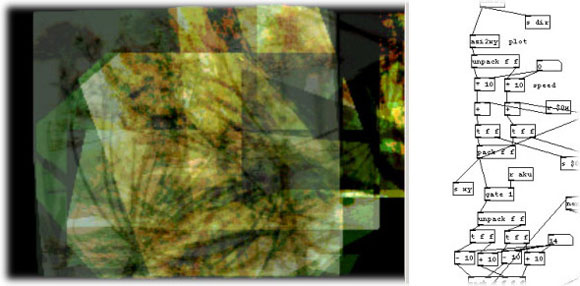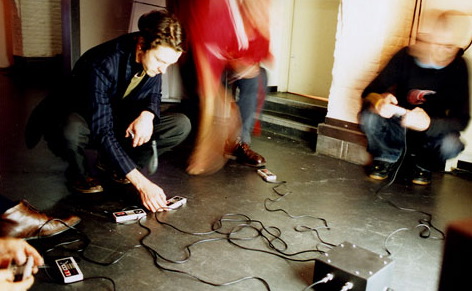
CDM has a special monthly feature in Computer Music, written by yours truly, “downsampling” the contents of the site into thematic subjects. Online, I’ll monthly post a companion piece full of links — get the coffee! -PK
The theme of Downsampled #3 for Computer Music was one dear to my heart: building your own custom music software patches using tools like Max, Pd, and Processing. (Yes, there are many other tools out there, but these are especially well-suited to heavy-duty data processing from sensors, game interfaces, and the like.)
The Tools
Cycling ’74’s Mac/Windows Max/MSP/Jitter, remains the most far-reaching, flexible, approachable tool for this kind of work. There are some very impressive free/open-source offerings, however. Pure Data is NOT Max, contrary to popular belief, but it does work in similar ways and was developed by Max’s creator, Miller Puckette. Plenty of great links in the downloads section of that site, though they’re missing one of my favorites, the video library PiDiP. Processing is next on my to-learn list; it’s a rich multimedia development environment, coding for people who don’t like to code. Programming for sculptors? Sign me up. Processing itself doesn’t do much for audio, but Amit Pitaru’s superb Sonia sound library fixes that.

Where to Learn Them
The best, most up-to-date resources are all online at the moment, especially since the books on the subject haven’t quite kept pace with the development of the tools. Pd (shown) and Processing both have great tutorials on the sites above; Max has thorough tutorials and code included in the retail package. (I also recently did a Pd tutorial resource roundup featuring a great story by my friend, colleague, and tech editor Jim Aikin.)
Of course, there’s something fantastic about in-person learning. Pd in particular has had regular workshops devoted to it. You can also come here to beautiful New York City and learn Max/MSP and Jitter, and various applications for them, at the fabulously intense Harvestworks. International students and residents are commonplace, so you don’t have to be in NYC.
I ran out of wordcount before I got to suggest any other open source workshops or resources — intrepid readers, got any suggestions? (Happy to promote your event!)

Sensors, game controls, and smart tables
Applying the tech is where things get really interesting. Got a crazy idea like controlling computer music using Nintendo controllers? (shown, link below) Just try it out!
Our friend Chris O’Shea regularly covers interactive technology, with an emphasis on smart tables, game tables, and other cool stuff; see his Pixelsumo blog. (He has his own great Sonicforms smart music table project, but I’ll get to that more in the next Downsampled.
See also:
Hackaday Csound tutorial and why the free Csound tool is dated, plus why Csound isn’t dated and why BT loves it
Multiplayer Nintendo game controller music using Max/MSP
Steam-driven music in a vintage power plant using Max/MSP (image at top)
Muio USB-to-real world sensor interface
Four silver knobs and a PowerBook using Processing for VJing
Music from flashlights using Processing, EyesWeb, and Max/MSP
Building an interactive history of sampling using Processing